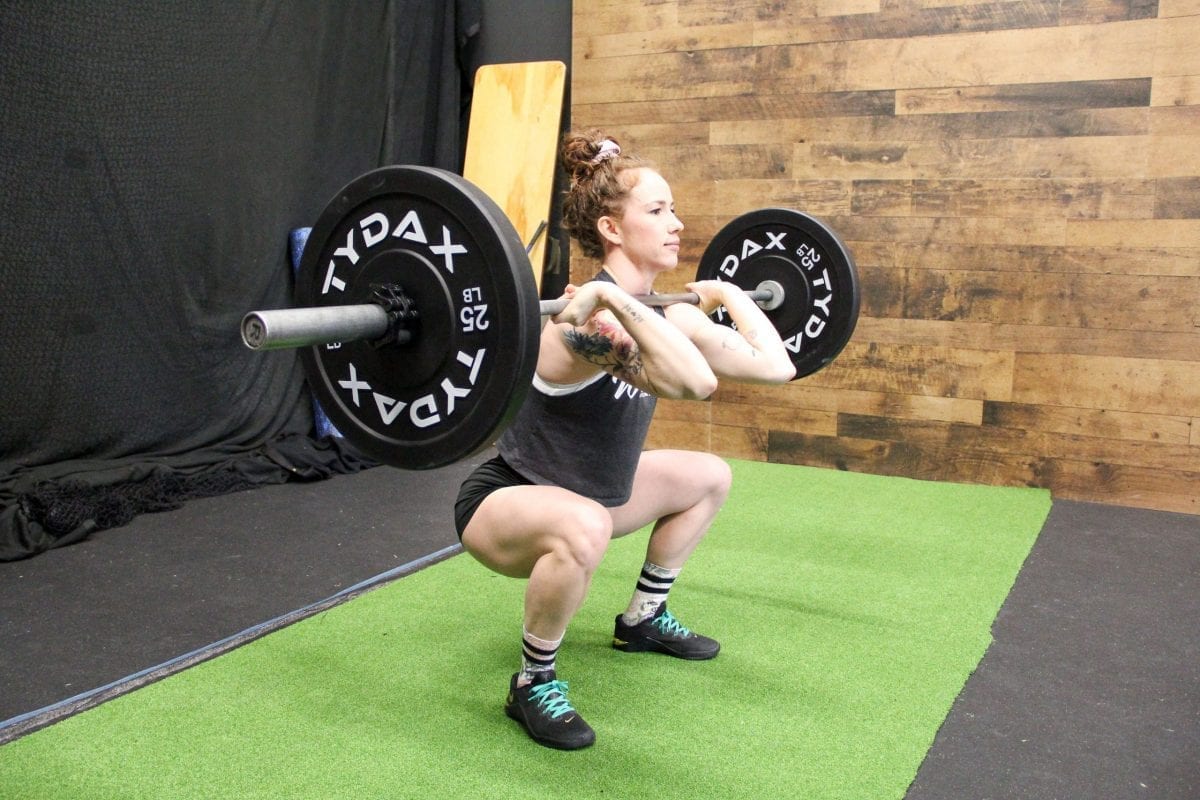Achieving specific training goals and reducing the risk of injury will depend on range of motion in joints and muscles, as well as body strength. Mobility and Strength are keys to fitness success and are often neglected. If you are looking to get your first strict pull up, to squat heavier, increase body awareness, and reduce injuries, complete mobility and strength exercises need to be performed regularly. Strength training, also known as resistance training, uses a variety of exercises to preserve and enhance muscle mass while using external weights such as bands, dumbbells, kettlebells, barbells, or your own body weight. Mobility refers to the joints moving through a range of motion. Flexibility is the muscles stretching through a range of motion and holding the stretch for an extended period of time. Popular types of training like Olympic lifting, gymnastics, and yoga, all require flexibility. Performing these movements properly will enhance your training, increase strength, and keep you healthy.
Common gym mistakes can be identified in four essential foundational movements: the squat, push ups, pull ups, and overhead press. We can use these movements to assess individual movement patterns.
Squat:
Correct Movement Pattern
While maintaining a neutral spine, achieve a minimum 90-degree depth using lower body strength
Front squat: bar rest across shoulders and collarbone, elbows are up in-line with bar
Overhead position: lock arms overhead (shoulders stable, elbows straight) where the bar is comfortably positioned vertically over your traps with minimal shrugging
Single leg squat aka pistols: maintain a neutral spine, achieve a minimum 90-degree depth using single leg body weight strength
Common Mechanical Errors
Lifting up heels trying to reach full depth, knees caving in, only using quads
Front squat: unable to rest bar on shoulders. Elbows are close to body
Overhead position: unable to lock out overhead with limited shoulder flexion (if you brought the bar straight down, it would land on your head)
Single leg squats aka pistols: unable to perform or get depth because of lack of ankle/calf/hip mobility. Lack of glute/hip flexor strength and balance
Relying on weightlifting belts or Olympic lifting shoes, especially in WODs
Push ups/Plank:
Correct Movement Pattern
Maintain neutral spine while descending to a hover, and press back through to a high plank, using upper body weight strength
Common Mechanical Errors
Unable to maintain neutral spine or go through full range of motion when pushing own body weight
Pull ups:
Correct Movement Pattern
Using upper body strength, pull up to get chin over bar while maintaining neutral spine hollow body positioning. Squeeze shoulder blades down and back, activating lats – your largest back muscle!
Common Mechanical Errors
Unable to maintain neutral spine and/or go through full range of motion while performing a body weight pull up
Overhead press/movements:
Correct Movement Pattern
While maintaining a neutral spine, press from shoulders to locking arms out overhead. Being stable overhead – either in a press or in a handstand – requires upper body stability, body weight strength, and mobility
Common Mechanical Errors
Unable to maintain neutral spine and/or unable to lock elbows out over shoulders.
*Neutral Spine indicates that core muscles are engaged
Strength Exercises & Target Areas for Mobility
Our abdominal muscles are used to stabilize and protect our spine and pelvis. Core strength is essential for each of these movements. Core exercises like a deadbug, plank, tabletop plank, and leg raises are a great place to start
Squat
Strength – Lower Body: variety of squats (goblet/back/front/overhead). Include single leg bridges, squats, deadlifts.
Mobility – calves, ankles, hips
Push up/plank
Strength – DB bench presses, overhead presses, static holds
Mobility – chest, shoulders, wrists
Pull Up
Strength – Strict/Tempo pull ups with or without bands, single arm rows, TRX/ring rows. Build lat body weight strength! Pull up bands can help you with resistance training and assisted pull ups so consider getting this kind of equipment to maximize your workout efficiency.
Mobility – lats, shoulders, traps, biceps, forearms
Overhead Movements
Strength – Dumbbell or barbell presses, handstand holds
Mobility – lats, shoulders, biceps, forearms, traps, t-spine, wrists
Mobility and strength exercises can be done anywhere, anytime, so make them a habit. You will feel better, look better, and perform to your fullest potential.
By: Stacey Petrie








